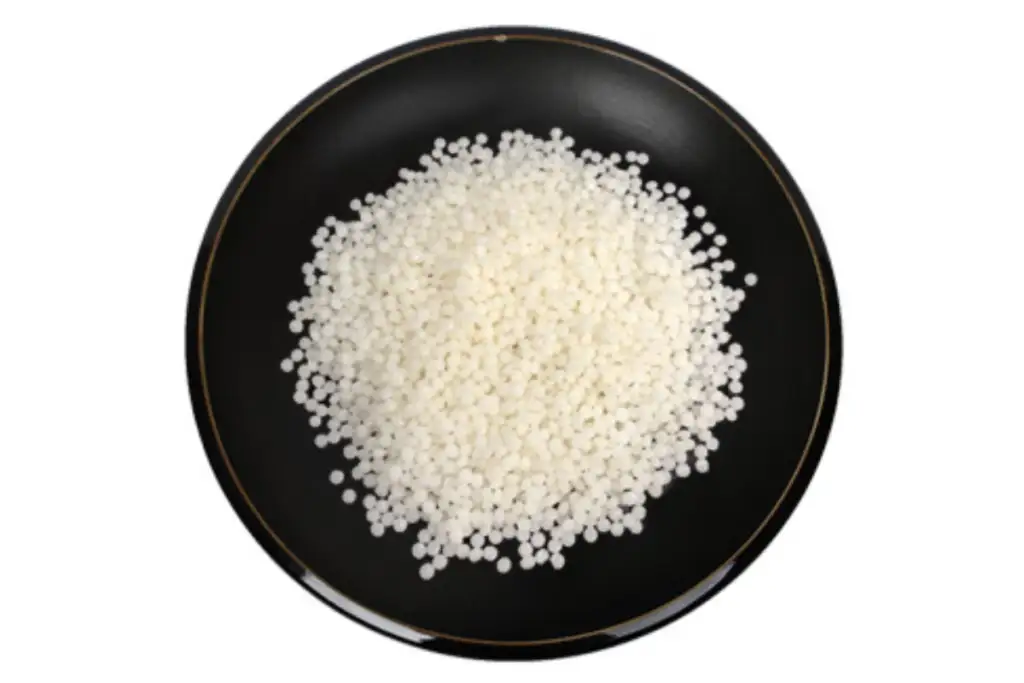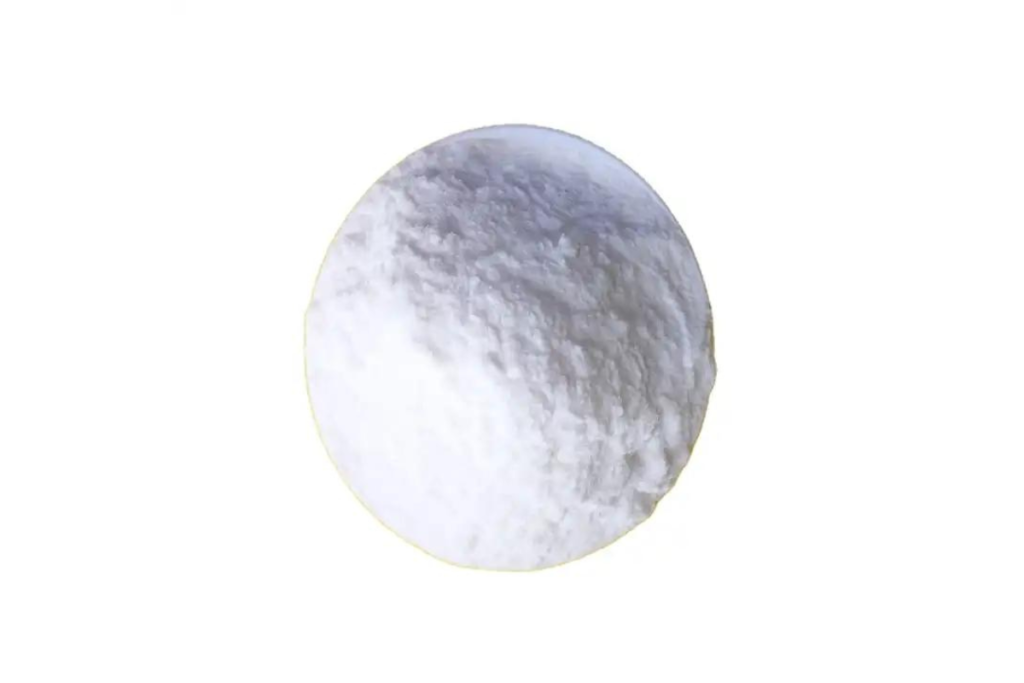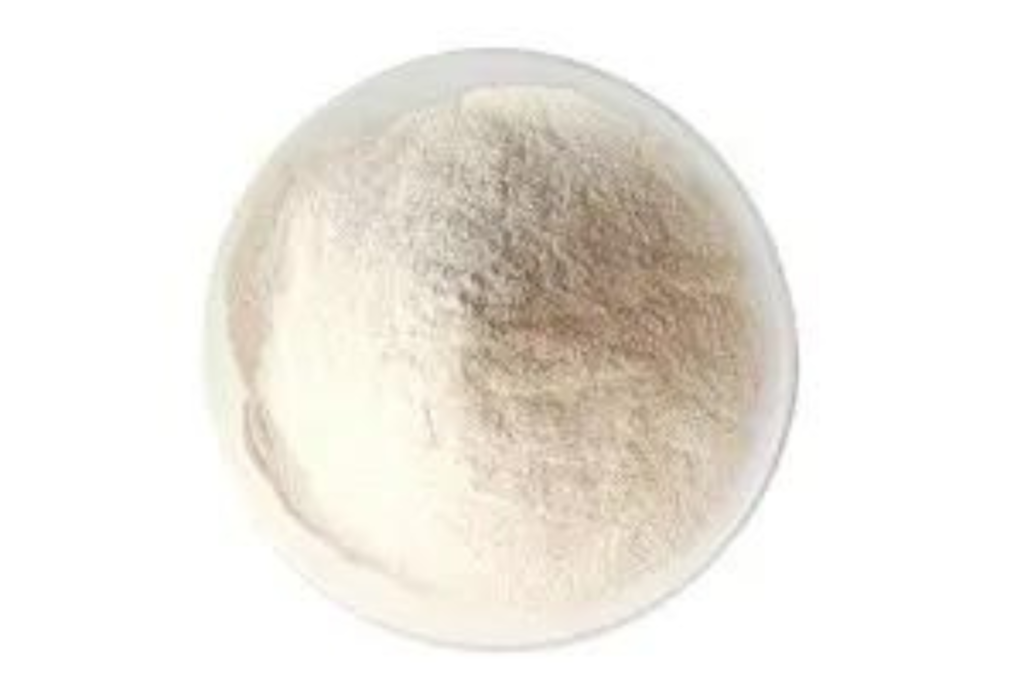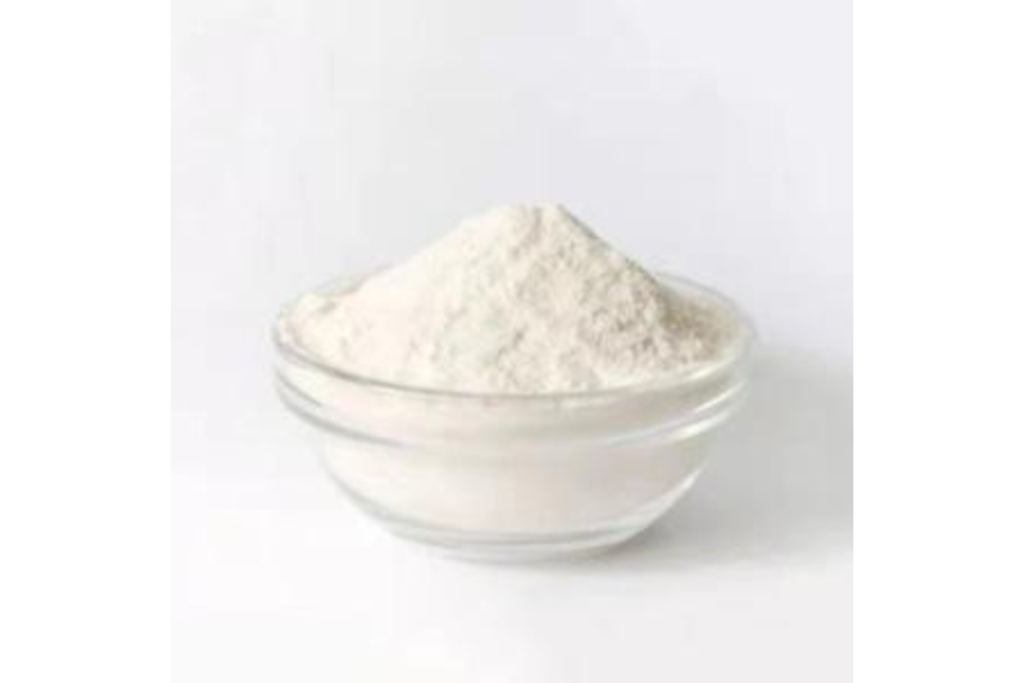Emulsifier CMC (Carboxymethyl Cellulose) has emerged as a cornerstone in the formulation of cosmetic products, thanks to its remarkable properties and versatility. This article aims to delve into the essence of Emulsifier CMC, including its variants like Sodium carboxymethyl cellulose and carboxymethylcellulose sodium, and its critical role as an emulsifier in cosmetic applications.
Emulsifier CMC is a derivative of cellulose, the most abundant organic polymer on Earth. It is chemically modified to introduce carboxymethyl groups, enhancing its water solubility and emulsifying capabilities. This modification transforms the natural cellulose into a more functional ingredient suitable for diverse cosmetic formulations.
The role of emulsifiers like CMC in cosmetics cannot be overstated. Emulsifiers are crucial in maintaining the stability of products that combine water and oil components, such as creams, lotions, and various other cosmetic formulations. They prevent the separation of these disparate elements, ensuring a consistent texture and extending the product’s shelf life.
Understanding the nature of what foods contain polysorbate 80 and carboxymethylcellulose is also crucial, as both these components are widely used in the food and cosmetic industries. While Polysorbate 80 is primarily utilized for its surfactant properties, CMC serves as an efficient thickener and stabilizer, each contributing uniquely to product quality.
In conclusion, Emulsifier CMC plays a pivotal role in the cosmetic industry. Its ability to stabilize, thicken, and emulsify makes it an indispensable ingredient in crafting high-quality cosmetic products. The following sections will explore the chemical and physical properties of CMC, its role in cosmetic stability, application techniques, and much more, highlighting its multifaceted contributions to the world of cosmetics.

Chemical and Physical Properties of Emulsifier CMC
Understanding the chemical and physical properties of Emulsifier CMC (Carboxymethyl Cellulose), including its variations like Sodium carboxymethyl cellulose and carboxymethylcellulose sodium, is essential to appreciate its role in cosmetic formulations.
Detailed Insight into the Chemical Structure of Carboxymethyl Cellulose
Carboxymethyl Cellulose is created by modifying natural cellulose, introducing carboxymethyl groups (-CH2-COOH) into its molecular structure. This chemical alteration significantly enhances CMC’s solubility in water, a feature not present in unmodified cellulose. The degree of substitution, which refers to the number of carboxymethyl groups attached to the cellulose backbone, determines the specific properties of CMC, such as solubility and viscosity.
The unique chemical structure of CMC allows it to act as an efficient emulsifier, stabilizing the mixture of oil and water phases in cosmetic products. This stabilization is crucial in preventing the separation of ingredients, thus maintaining the consistency and efficacy of the product.
Physical Properties that Contribute to its Efficacy as an Emulsifier
Physically, CMC exhibits a high viscosity, which contributes to the thickness and texture of cosmetic formulations. This viscosity ensures a smooth application experience and helps in evenly distributing the product on the skin.
Moreover, CMC is hygroscopic, meaning it has the ability to attract and retain moisture. In cosmetic formulations, this property is beneficial for maintaining the hydration levels of the product, contributing to skin moisturization.
The film-forming ability of CMC is another notable physical property. When applied on the skin, CMC can form a thin, protective film, which not only aids in moisture retention but also provides a smooth, even finish. This film-forming characteristic is particularly valued in makeup primers and sunscreens.
In conclusion, the chemical and physical properties of Emulsifier CMC make it an indispensable ingredient in cosmetic formulations. Its ability to emulsify, stabilize, and enhance the texture and hydration of cosmetic products showcases its multifunctional capabilities in the beauty industry.
The Role of Carboxymethyl Cellulose in Cosmetic Product Stability
Emulsifier CMC (Carboxymethyl Cellulose), including its variations such as Sodium carboxymethyl cellulose and carboxymethylcellulose sodium, plays a pivotal role in enhancing the stability of cosmetic products like creams, lotions, and other formulations. This section explores how CMC contributes to this stability and compares it to other common emulsifiers used in the cosmetic industry.
How Carboxymethyl Cellulose Enhances the Stability of Creams, Lotions, and Other Cosmetic Formulations
CMC’s ability to stabilize emulsions is one of its key functions in cosmetics. Emulsions are mixtures of oil and water, which are inherently unstable and tend to separate over time. CMC, with its emulsifying properties, helps to maintain a uniform mixture, ensuring that the active ingredients are evenly distributed throughout the product.
In creams and lotions, CMC not only stabilizes the emulsion but also contributes to the desired viscosity and texture. It prevents the oil and water phases from separating, ensuring a smooth and consistent application. This stability is crucial for the efficacy of the product, as it guarantees that each use delivers the same concentration of active ingredients.
Moreover, CMC enhances the longevity of cosmetic products. By maintaining the stability of emulsions, CMC extends the shelf-life of products, reducing the need for frequent replacements and thereby offering cost-effectiveness to consumers.
Comparison with Other Common Emulsifiers Used in Cosmetics
When compared to other emulsifiers like polysorbates, lecithin, or glyceryl stearates, CMC offers unique advantages. Unlike some emulsifiers that may require specific storage conditions or have limitations in certain formulations, CMC is versatile and robust under various storage conditions.
CMC is also preferred for its compatibility with a wide range of ingredients. It works effectively in both oil-in-water and water-in-oil emulsions, making it suitable for a variety of cosmetic products. Additionally, its natural origin and skin-friendly properties make it a favored choice in natural and sensitive skin formulations.
In conclusion, the role of Emulsifier CMC in cosmetic product stability is multifaceted. Its ability to stabilize emulsions, enhance texture, and extend product shelf-life, along with its compatibility with various ingredients, distinguishes CMC from other emulsifiers and underscores its importance in the cosmetic industry.
Benefits of Using Emulsifier Carboxymethyl Cellulose in Cosmetics
The inclusion of Emulsifier CMC (Carboxymethyl Cellulose), including forms like Sodium carboxymethyl cellulose and carboxymethylcellulose sodium, in cosmetic formulations, brings a spectrum of benefits. These advantages not only enhance the product’s performance but also cater to various consumer needs.
Advantages such as Improved Texture, Consistency, and Shelf-Life
One of the most notable benefits of using CMC in cosmetics is the improvement in texture and consistency. CMC helps in achieving a smooth, creamy consistency in creams and lotions, making them more appealing to apply. It ensures uniformity in the product, providing a consistent experience with every use.
The role of CMC in extending the shelf-life of cosmetic products is also significant. By stabilizing emulsions and preventing ingredient separation, CMC maintains the efficacy of the product over time. This prolonged shelf-life is not only cost-effective for consumers but also reduces waste, contributing to sustainable consumption practices.
Potential Skin Benefits and Suitability for Different Skin Types
CMC is known for its skin-friendly properties. Being gentle and non-irritating, it is suitable for use in products formulated for sensitive skin types. Its moisturizing properties, stemming from its ability to retain water, aid in hydrating the skin, making CMC-containing products a good choice for those with dry skin.
Moreover, CMC does not clog pores or cause acne, making it suitable for use in products aimed at consumers with oily or acne-prone skin. Its ability to form a protective layer on the skin can also aid in shielding the skin from environmental pollutants.
In conclusion, the benefits of using Emulsifier CMC in cosmetics are extensive. From enhancing the texture and stability of products to offering skin hydration and being suitable for a wide range of skin types, CMC proves to be an invaluable ingredient in the world of cosmetic formulation. Its multifunctional nature not only improves product quality but also aligns with the diverse needs and preferences of consumers in today’s market.

Application Techniques of Emulsifier Carboxymethyl Cellulose in Cosmetics
Incorporating Emulsifier CMC (Carboxymethyl Cellulose), including variations like Sodium carboxymethyl cellulose and carboxymethylcellulose sodium, into cosmetic formulations requires specific application techniques to ensure optimal results. This section provides insights into the best practices for using CMC in cosmetics and highlights case studies of its successful application.
Best Practices for Incorporating Carboxymethyl Cellulose into Cosmetic Formulations
The effective use of CMC in cosmetics starts with understanding its compatibility with other ingredients in the formulation. Here are some best practices:
- Pre-Mixing: CMC tends to clump when added directly to water. To prevent this, it should be pre-mixed with other dry ingredients or dispersed in an oil phase before being added to the water phase.
- Controlled Addition: Gradually add CMC to the formulation while stirring continuously. This ensures even distribution and prevents the formation of lumps.
- pH Adjustment: The pH of the formulation can affect the viscosity and stability of CMC. Adjusting the pH to the recommended level, usually around neutral, can optimize CMC’s performance.
- Temperature Considerations: While CMC is generally stable across a range of temperatures, extreme conditions should be avoided. High temperatures can reduce its thickening ability, while low temperatures can increase viscosity.
Case Studies of Successful Carboxymethyl Cellulose Use in Popular Cosmetic Products
Several cosmetic brands have successfully integrated CMC into their products, showcasing its versatility:
- Moisturizing Creams: In a case study, a skincare brand utilized CMC to enhance the texture and hydration properties of its moisturizing cream. The CMC provided a smooth, non-greasy feel, improving user satisfaction.
- Sunscreen Lotions: Another study highlighted the use of CMC in sunscreen formulations. The addition of CMC improved the lotion’s spreadability and uniformity, ensuring even coverage and effective sun protection.
- Anti-Aging Serums: A luxury cosmetic brand incorporated CMC in its anti-aging serum for its film-forming properties. This helped in forming a protective layer on the skin, aiding in moisture retention and reducing the appearance of fine lines.
In conclusion, the application of Emulsifier CMC in cosmetics requires careful consideration of formulation techniques and ingredient compatibility. The case studies demonstrate the potential of CMC in enhancing product performance and consumer experience, making it a valuable ingredient in the cosmetic industry.
Addressing Formulation Challenges with Carboxymethyl Cellulose
Incorporating Emulsifier CMC (Carboxymethyl Cellulose), including forms like Sodium carboxymethyl cellulose and carboxymethylcellulose sodium, into cosmetic formulations presents unique challenges. Understanding these challenges and leveraging CMC’s properties can significantly enhance product performance and appeal.
Common Challenges in Cosmetic Formulation and How Carboxymethyl Cellulose Can Help Overcome Them
One of the main challenges in cosmetic formulation is achieving and maintaining the desired consistency and texture. CMC, with its thickening properties, helps in creating a stable and uniform texture. It can prevent the separation of ingredients in emulsions, ensuring a consistent and smooth application.
Another challenge is enhancing the product’s stability under various environmental conditions, such as temperature changes or prolonged storage. CMC’s excellent stability profile helps in maintaining the product’s efficacy and appearance over time.
Formulating products for different skin types can also be challenging. CMC’s skin-friendly nature makes it suitable for a wide range of products, including those designed for sensitive or acne-prone skin. Its hypoallergenic properties minimize the risk of irritation, making it a safe choice for diverse consumer needs.
Technical Insights for Formulators and Product Developers
For formulators and product developers, understanding the nuances of working with CMC is crucial. Here are some technical insights:
- Concentration Optimization: The concentration of CMC in a formulation needs to be optimized for the desired viscosity and stability. Trial and error, along with experience, play a significant role in determining the ideal concentration.
- Synergistic Combinations: Combining CMC with other ingredients can enhance its effectiveness. For instance, using CMC alongside other emulsifiers or stabilizers can improve the overall texture and stability of the product.
- Sensory Testing: Given that consumer experience is paramount, conducting sensory testing to evaluate the feel, spreadability, and absorption of the product with CMC is essential.
- pH Balance: Maintaining the right pH balance in formulations with CMC is important for maximizing its efficacy and ensuring compatibility with the skin.
In conclusion, while there are challenges in using Emulsifier CMC in cosmetic formulations, understanding its properties and behavior can lead to successful and innovative product development. CMC offers formulators a versatile and effective tool to address common formulation challenges, paving the way for high-quality cosmetic products.

Regulatory Aspects and Consumer Safety
The use of Emulsifier CMC (Carboxymethyl Cellulose), including variants like Sodium carboxymethyl cellulose and carboxymethylcellulose sodium, in cosmetic products is not just a matter of formulation efficacy but also involves adhering to regulatory standards and ensuring consumer safety.
Compliance with Cosmetic Regulations and Standards for Using Carboxymethyl Cellulose
CMC, as a cosmetic ingredient, falls under the purview of various regulatory bodies worldwide, such as the U.S. Food and Drug Administration (FDA) and the European Union’s Cosmetic Regulation. These organizations set guidelines on the permissible levels of CMC in cosmetic products, ensuring that its use is safe and non-toxic for consumers.
Manufacturers must comply with these regulations, which often involve rigorous testing for safety and efficacy. The purity of CMC, potential contaminants, and its interaction with other ingredients in the formulation are key aspects evaluated during the regulatory approval process.
Safety Profile and Hypoallergenic Properties of Carboxymethyl Cellulose
One of the reasons for CMC’s widespread use in cosmetics is its excellent safety profile. CMC is generally recognized as safe and non-irritating, making it suitable for use in a wide range of cosmetic products, including those for sensitive skin.
Additionally, CMC is known for its hypoallergenic properties. It rarely causes allergic reactions, making it a favorable ingredient in products designed for consumers with allergy-prone or sensitive skin. However, as with any cosmetic ingredient, patch testing is recommended, especially for products intended for use on delicate skin areas.
Consumer education about the safety and benefits of CMC is also essential. Clear labeling, indicating the presence of CMC in products, can help consumers make informed choices. Providing information on the hypoallergenic nature and safety of CMC can further build consumer trust and acceptance.
In conclusion, adherence to regulatory standards and the safety profile of Emulsifier CMC are critical components in its use in cosmetics. Its compliance with safety regulations, coupled with hypoallergenic properties, ensures that CMC-based cosmetics meet the highest standards of consumer safety and quality.
Sustainable Practices and Natural Cosmetics
The integration of Emulsifier CMC (Carboxymethyl Cellulose), including its variations such as Sodium carboxymethyl cellulose and carboxymethylcellulose sodium, is becoming increasingly important in the realm of sustainable and natural cosmetics. This trend reflects a growing consumer demand for eco-friendly products and the cosmetic industry’s response to environmental concerns.
Carboxymethyl Cellulose’s Role in the Development of Eco-Friendly and Natural Cosmetic Products
CMC’s natural origin, derived from cellulose, a renewable and abundant resource, positions it well within the sustainable cosmetics movement. Its biodegradability and non-toxic nature align with the principles of green chemistry, which aims to reduce chemical waste and environmental impact.
In natural cosmetics, CMC serves as a viable alternative to synthetic emulsifiers and stabilizers. Its effectiveness in enhancing product texture and stability, combined with its natural profile, makes it a preferred choice in formulating products that are not only kind to the skin but also to the environment.
Trends in Sustainable Cosmetic Production and Consumer Demand
The cosmetic industry is witnessing a shift towards sustainability, with an emphasis on reducing the carbon footprint and promoting ethical sourcing of ingredients. CMC fits into this narrative due to its plant-based origin and minimal processing requirements.
Consumers are increasingly aware of the environmental impact of their beauty choices. They are seeking products with natural ingredients, minimal packaging, and a clear eco-friendly ethos. CMC-containing cosmetics cater to this conscious consumerism, offering products that are effective, safe, and aligned with sustainable values.
Moreover, the versatility of CMC allows for its use in a wide range of cosmetic formulations, from creams and lotions to makeup, without compromising on performance. This adaptability is crucial for brands looking to expand their natural and sustainable product lines.
In conclusion, Emulsifier CMC’s role in sustainable and natural cosmetics is a testament to its adaptability and alignment with current environmental trends. As the cosmetic industry continues to evolve towards greener practices, the use of CMC is likely to grow, reflecting its importance in developing products that are not only effective and safe but also environmentally responsible.

In the dynamic landscape of cosmetic formulation, Emulsifier CMC (Carboxymethyl Cellulose), including its variants like Sodium carboxymethyl cellulose and carboxymethylcellulose sodium, stands out as a key ingredient. Its role in enhancing the stability, texture, and overall performance of cosmetic products has been thoroughly established through this exploration.
Recapitulating the Significance of Emulsifier Carboxymethyl Cellulose in Enhancing Cosmetic Product Stability
Emulsifier CMC has proven to be indispensable in the cosmetic industry. Its multifunctional properties, such as emulsification, stabilization, and texture enhancement, contribute significantly to the quality of a wide range of cosmetic products. From creams and lotions to makeup items, CMC has shown its versatility and efficacy.
The journey of CMC, from a humble cellulose derivative to a celebrated cosmetic ingredient, reflects the advancements in cosmetic science and formulation technology. It underscores the importance of innovation and adaptability in meeting consumer needs and industry standards.
Final Thoughts on the Evolving Role of Carboxymethyl Cellulose in the Cosmetic Industry
As the cosmetic industry continues to evolve, so does the role of Emulsifier CMC. The trends towards natural, sustainable, and environmentally friendly products have brought CMC into the spotlight, showcasing its compatibility with these emerging consumer preferences.
The future of CMC in cosmetics looks promising. Its ability to meet the challenges of modern formulations, combined with its alignment with sustainable practices, positions it as a crucial component in the development of next-generation cosmetic products.
In conclusion, Emulsifier CMC’s contribution to the cosmetic industry is significant and multifaceted. Its ongoing evolution and application are likely to continue shaping the future of cosmetic formulations, making it an essential ingredient for innovative, effective, and sustainable beauty products.





